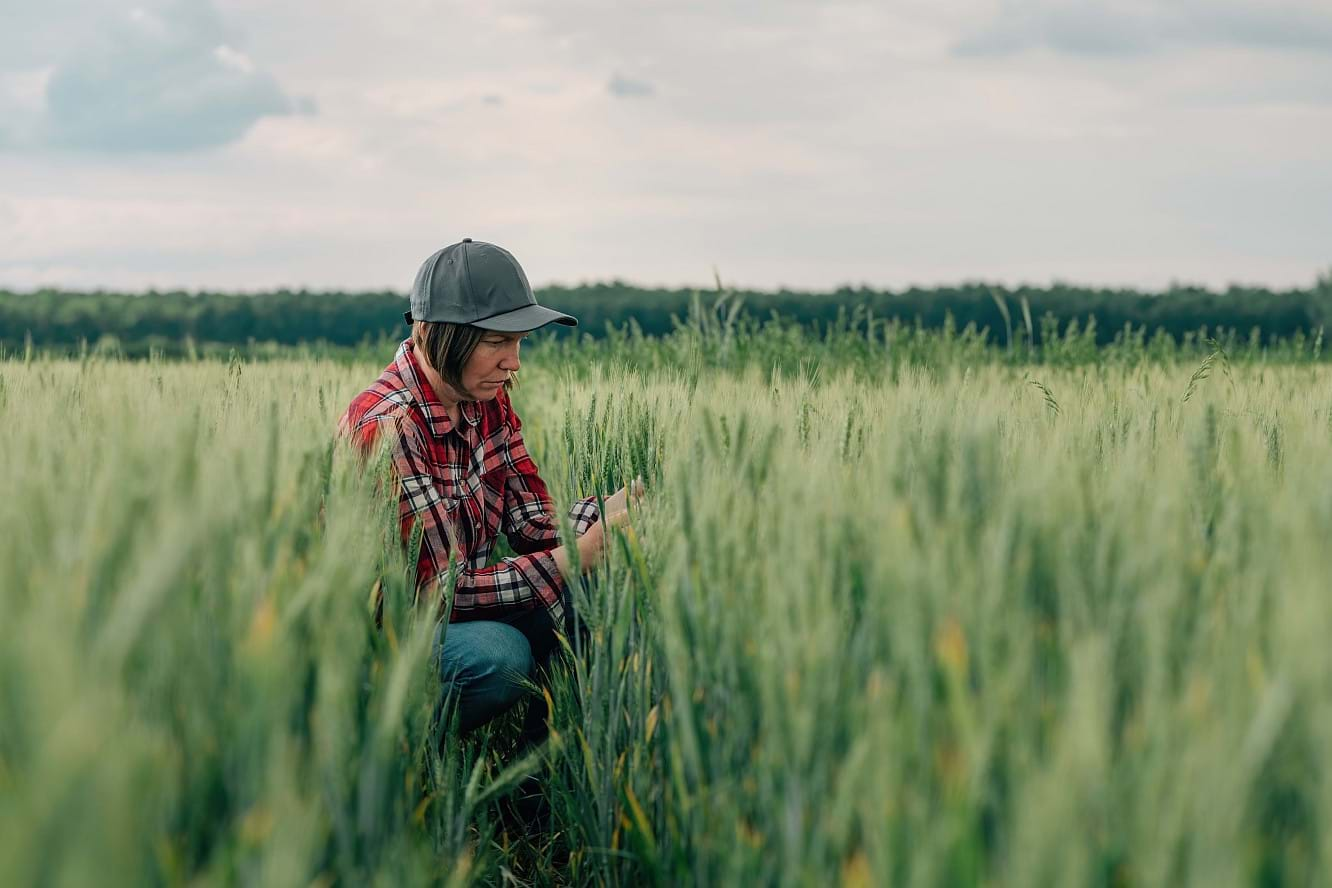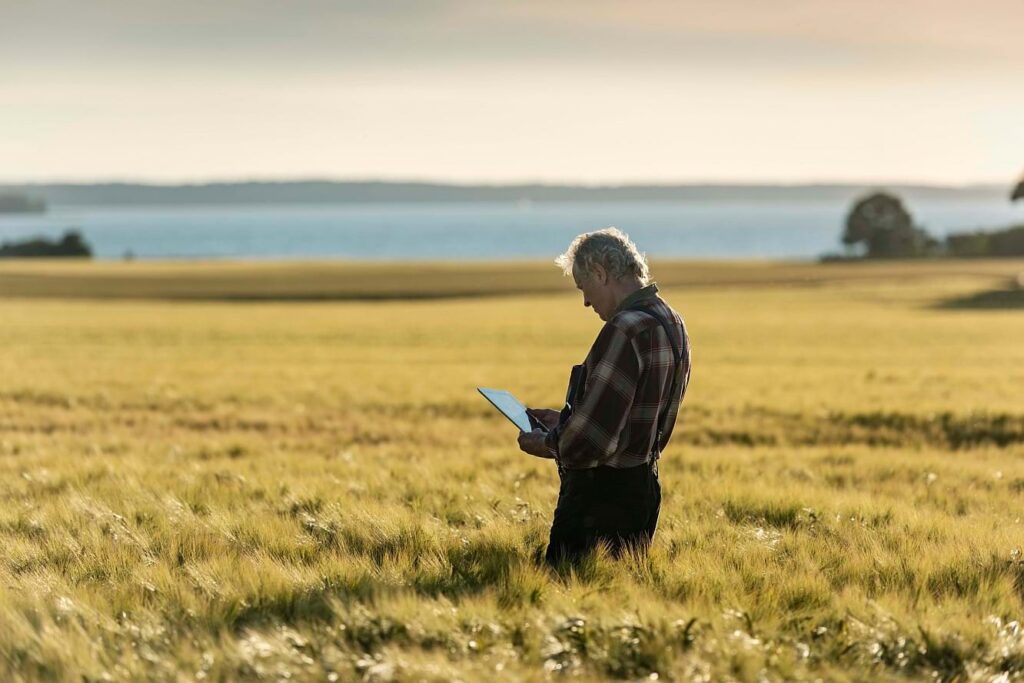
Carbon Action farms, other farms, and study sites produce data on the impacts of land management on carbon sequestration and ecosystem functioning. Scientists use these data to develop improved management practices and better models to estimate the results and their longevity.
How do different carbon farming practices and land management options affect the carbon balance, yield, and other ecosystem functions? We have set up experiments and monitoring arrangements on Carbon Action farms, other farms, and study sites to find out.
On each Carbon Action farm, a tailored carbon farming method is tested on a 1,5 ha plot while a neighboring 1,5 ha plot serves as a business-as-usual reference. Each technique is tested on several farms because the outcome depends on many factors, such as the farmer, soil, and location. We show 20 so-called Advanced Carbon Action farms of the 105 Carbon Action farms in Field Observatory.
We also show our many other study sites on agricultural land, forest, and urban green space in Field Observatory.

Ecosystems’ carbon storage and other functioning depend on various factors. Field Observatory collects the relevant data from different sources
We have collected soil samples from each Advanced Carbon Action Site annually since 2019 and taken laboratory measurements of these samples. We use these data to track changes in soil organic matter, microbes, nutrients, and physical properties. In addition, we have observed soil structure and vegetation characteristics in the field to supplement the laboratory analyses.
Sensors continuously measure soil conditions, such as moisture, temperature, and salinity, at the Advanced Carbon Action sites and other study sites.
We retrieve weather information from the nearest weather station of the Finnish Meteorological Institute or the Swedish Meteorological and Hydrological Institute if it is not measured at the site.
We monitor all sites using Sentinel-2 mission high-resolution multispectral images to calculate the Normalized Difference Vegetation Index (NDVI) and estimate Leaf Area Index (LAI). We retrieve these images from Google Earth Engine. cloud data platform and Registry of Open Data on Amazon Web Services. The indexes update every two days if the images satisfy quality control criteria.
We continuously measure greenhouse gas, water, and energy fluxes between the ecosystem and the atmosphere at some study sites using an eddy covariance method. This method is based on high-frequency measurements of vertical wind speed and greenhouse gas concentrations. FMI’s algorithm automatically filters the data and fills in data gaps. The online data are provisional and subject to further quality control. Additional information on the eddy covariance data is available from the FMI’s contact person.
We retrieve Photosynthetically Active Radiation data from the Copernicus Atmospheric Monitoring Service (CAMS) Radiation Service if we do not measure it at the site.